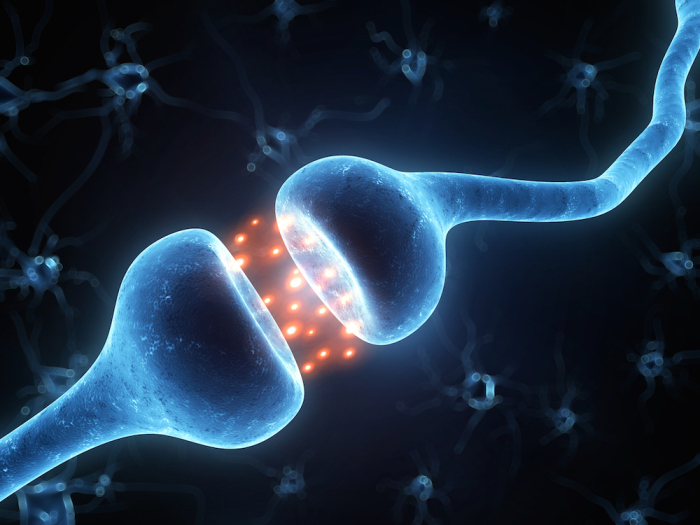When you are confronted with a difference, the brain shoots a chemical across clefts (empty spaces in the brain) to another pathway, building a bridge which electronic signals can cross. Each time the electrical charge is triggered, these pathways grow closer together and decrease the distance the electrical charge has to travel.
As you began to embrace differences in other people, the brain rewires its circuitry by making it more comfortable for the proper pathways to share the pleasure chemical, thereby making it easier for the brain to make those connections. In other words, your brain adapts to this new thinking pattern and changes your previous reality about that difference. Your new thoughts reshape your brain and help you develop new habits about the difference you just embraced.
The Closest Distance Between Two Objects Is A Straight Line
Through repetitive thinking, you have brought the pair of pathways that represent your new tendencies regarding the difference closer together. When your habit forming brain starts to create a new positive thought about the difference, that thought now has less distance to travel.
Envision two sets of people throwing a ball back and forth. One group is 50 feet apart and the other team is 10 feet apart. Which team delivers the ball fastest? Obviously, the team standing closest to each other.
When it comes to embracing differences, the thought that has the shortest distance to travel across the empty spaces of the brain will have the biggest influence on your behavior.
Not only can your thoughts change the brain and their pathways but the thoughts of others can do the same.
This is why it is important to surround yourself with people who will encourage and motivate you to embrace differences. Think of them as your own personal electricians who help keep your brain rewired toward the acceptance of differences.
You have heard this brain science before in phrases like, “Birds of a feather travel together.”
In 2013, some Canadian researchers did an experiment regarding the influence of mirror neurons on empathy. The put a group of supervisors together and found that their empathy levels were off the charts. They then put the same group of supervisors in a room with their direct reports. Their empathy levels went down. Lessons learned. Association with power similarities among likeminded supervisors increased empathy. Relating to powerlessness differences amid junior employees decreased empathy.
Just remember, a brain is a terrible thing to waste, particularly when it comes to embracing differences.


Leave a Reply
You must be logged in to post a comment.